Hidden Depths: Photography Reveals the Emotional Landscape
There is growing evidence that spending time in blue spaces supports emotional health and wellbeing.

Many thanks to all the PhotoVoice participants who contributed to this piece with their words and photos.
There is growing evidence that spending time in blue spaces supports emotional health and wellbeing. But how do we demonstrate and explore that connection on a deeper, more personal level? One powerful route is through the use of photography. 12 people who live close by and/or have close ties with Steart Marshes volunteered to take part in a PhotoVoice (participatory photography) research project early in 2022 to do just that.
Photovoice is an established method of research that utilises photos taken and selected by participants themselves to document, reflect upon and communicate lived experience. It is a visual method that supports the belief that everyone should have the opportunity to represent themselves and tell their own story, which combines photography with community participation to support social change.
Shooting From the Hip
When asked about their experiences of health and wellbeing in relation to wetlands, it was clear that people often found this hard to put into words. One participant said, “I think for me, because [there is] quite a lot of the complexity of why I’m here, it [is] hard to condense that down sometimes”. This research project, therefore, sought to support people to analyse, document and present their interactions with Steart Marshes, integrating photography into the study design. Many people involved have lived experience of life-changing health or social challenges and feel that Steart Marshes, the people, place and birds, had helped them build a better life. These stories are real and important, so it was key for people to be able to tell them in ways that were meaningful.
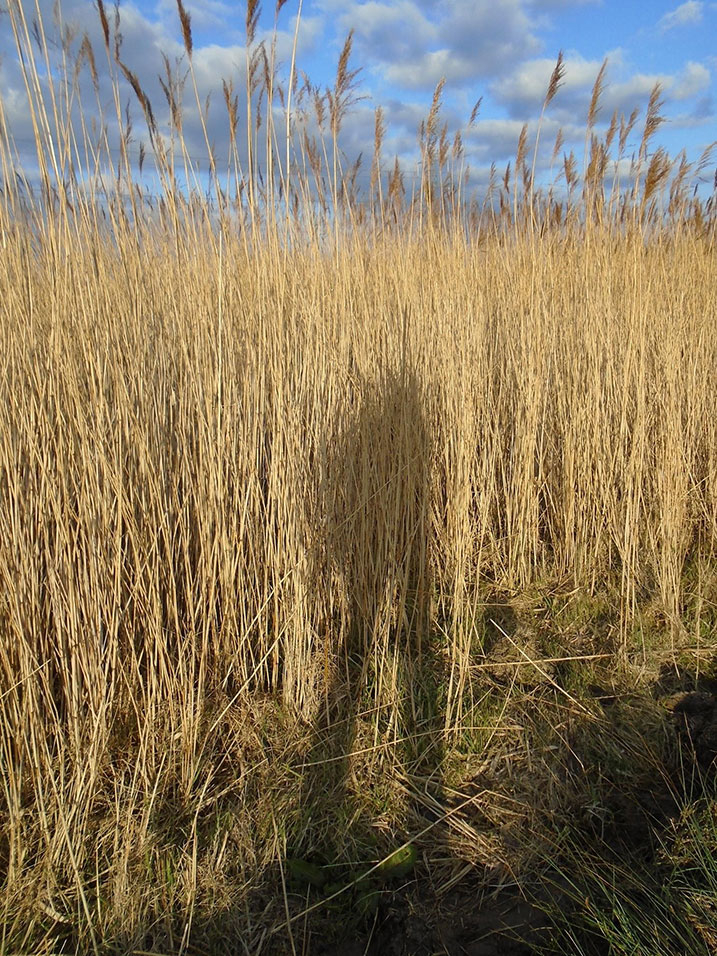
In order to tell that story, participants were equipped with identical basic cameras and photography tuition on day one. It was then up to individuals to record their response to the wetland reserve, reflect on what was important to them and explore the contribution Steart Marshes makes to their wellbeing through the medium of photography and note taking over the following month.
Participants selected several of their final images and associated text and were invited to share and discuss them with WWT research staff, seeking to capture what had influenced the choice of picture, and how this mattered to them. The chosen items subsequently formed the basis of an outdoor exhibition of striking banners at local arts festivals.
That's the Way I See It
Photovoice produces unique images which reflect what is real and important in the lived experience of each photographer-participant. So what did participants choose to photograph, when, where and how?
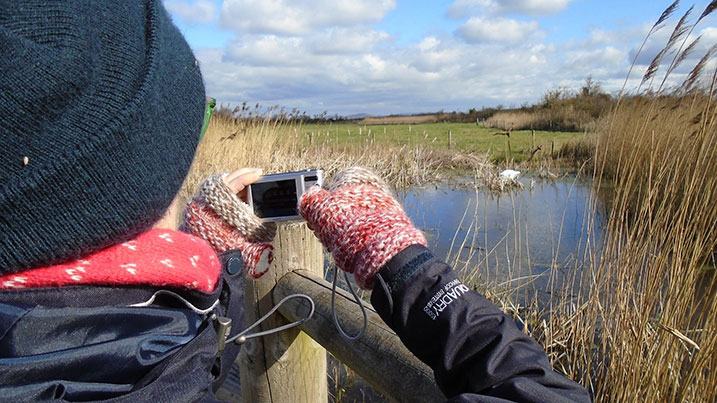
Landscapes, waterscapes, cloudscapes. Plants, pebbles, pylons, ponds. Self-portraits reflected off water or shadows cast. From dawn to dusk, damp or dry, drafts of wind or dead calm. Zoom in to catch the detail or step back and take in the whole panorama. Catch the surprise jolt of colour from a bright leaf or petal, or embrace the monochrome of winter. Seek out patterns, lines, curves, forms, elect to be in or out of focus.

Using words to explain or illuminate their images helped participants to notice, record and appreciate beauty, humour and playfulness, grief, consolation, and a fascination in nature of the softer kind.

This project helped many to realise what was important to them, as one participant highlighted: “I've enjoyed it, because it has got me thinking. Why is this place important to me? And which areas of the reserve are important to me? And I don't think I'd taken the time, stopped and breathed, to think about that. And it really is only through this that's made me realise that connection with the water. And that whole feeling better. And I'm acutely aware of it now that I feel better when I see that open view over the river. It has that calming effect”. Overall, she mentioned what she felt the project has achieved for her; “It's helped me to focus on where I am now and that life is better, which has got to be a good thing”.

Participant photos from Steart Marshes PhotoVoice 2022
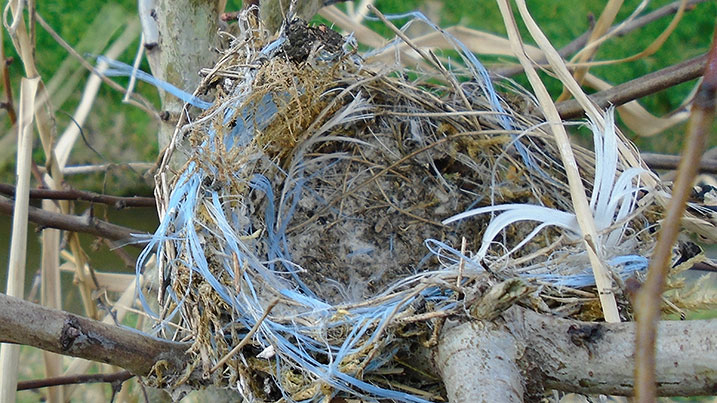

Another participant spoke of their change in perspective: “It sort of made me think, Oh, I’ve got my camera with me today, and it just made my look differently at the place”…“it did make me look more at the whole landscape rather than just that bird on that post or the birds on the marsh”. They commented on the benefit they gained from being able to come to Steart Marshes as regularly as possible, but mentioned that they felt many people didn’t know it was here, or didn’t have the means to come, “I want other people to see this”…”I don’t understand why I was the only person sat on that riverbank. People need to see that these things happen every day and they should witness them”.
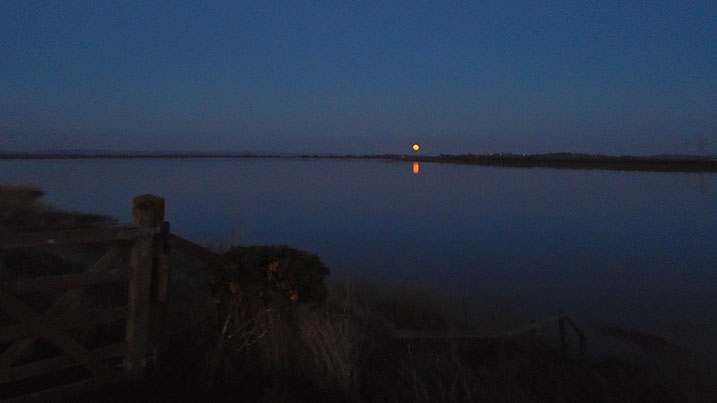

These sorts of research projects seek to bring people together over shared concerns, interests and life circumstances, which can result in constructive change from the very small to the very broad. There are already conversations happening between participants about the need to organise around environmental issues, and the importance of telling our stories to support the conservation of vital wetland ecosystems that we are intimately part of.
One participant reflected on her involvement in the project. “The Photovoice certainly helped me look more closely at things and helped me be more reflective. And trying to capture and share that in terms of taking pictures that somebody else can look at; so it’s quite an interesting process”. Sharing our experiences was a central element to the process, with workshops that often produced collaborations or ideas between the participants. One participant brought others in the group together to create an exhibition with the photos in the local village, known as ‘Celebrate Stockland and the Marshes’. Through exhibiting the photos, displaying local crafts, such as wool spinning, and providing refreshments in the local church, neighbours joined up to build community and appreciate their local landscapes, including some of the residents at the care home.
The findings from the study are in preparation, yet the connection with wetlands and their impacts on health and wellbeing are clear to see. Some WWT sites are already offering a range of Blue Prescribing (a branch of social prescribing) activities to local residents in order to help them to manage their mental health. With most individuals having access to at least a phone with a camera nowadays, photography offers a simple and democratic way of connecting with nature and exploring one’s emotional landscape during a visit to one of our reserves.
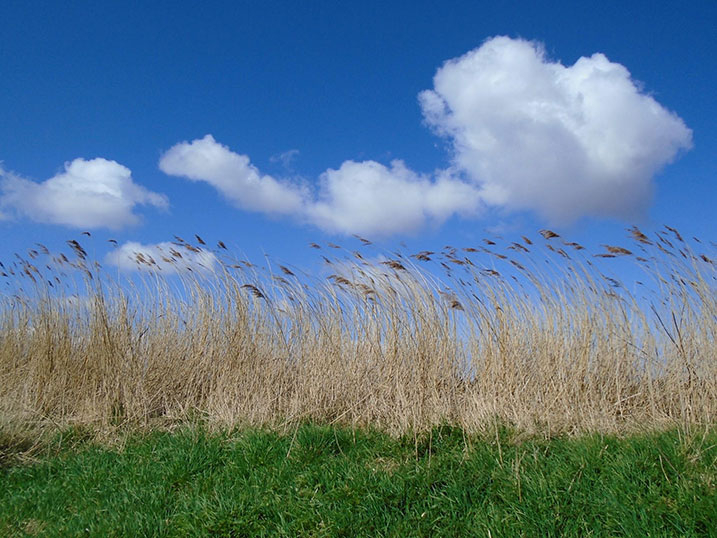
Find out more about Blue prescribing
Our Blue prescribing courses are currently running at Steart Marshes and London, and you are welcome to self-refer or refer on to others who you think may benefit.
Find out more


